You’d have to water Chinese evergreen plants deeply at their base for the water to reach the roots underneath.
They’re picky when it comes to water and prefer one that’s purified or free of chemicals. Make them moist but not soggy in order to prevent deadly root rot and pest diseases.
And since Chinese evergreen plants dry out fairly fast, it’s best to hydrate them once every 7 to 10 days and more frequently if the weather is blazing hot.
Basic Information about the Chinese Evergreen
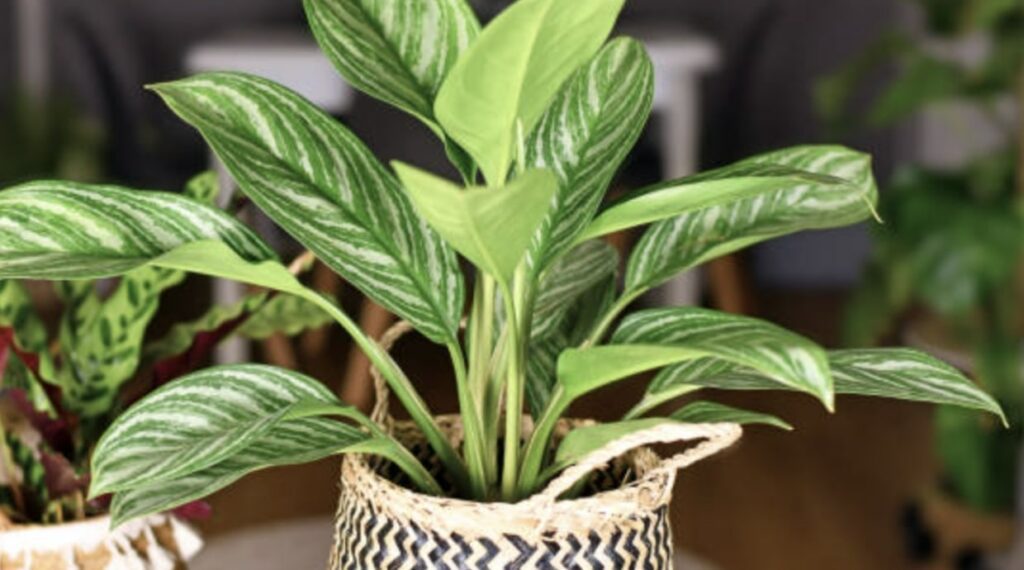

Genus: Aglaonema
Life Cycle: Perennial
Native Habitat: the Philippines and northeastern Celebes
Chinese evergreens (Aglaonema) are a popular low-maintenance houseplant. They’re very easy to grow, making them one of the favorite indoor plants.
The perennial herb plant is native to the Philippines and the northeastern Celebes. They thrive in tropical and subtropical climates.
They’re great since they can endure periods of drought, cold, and low-light conditions once established.
Physical Description of the Chinese Evergreen
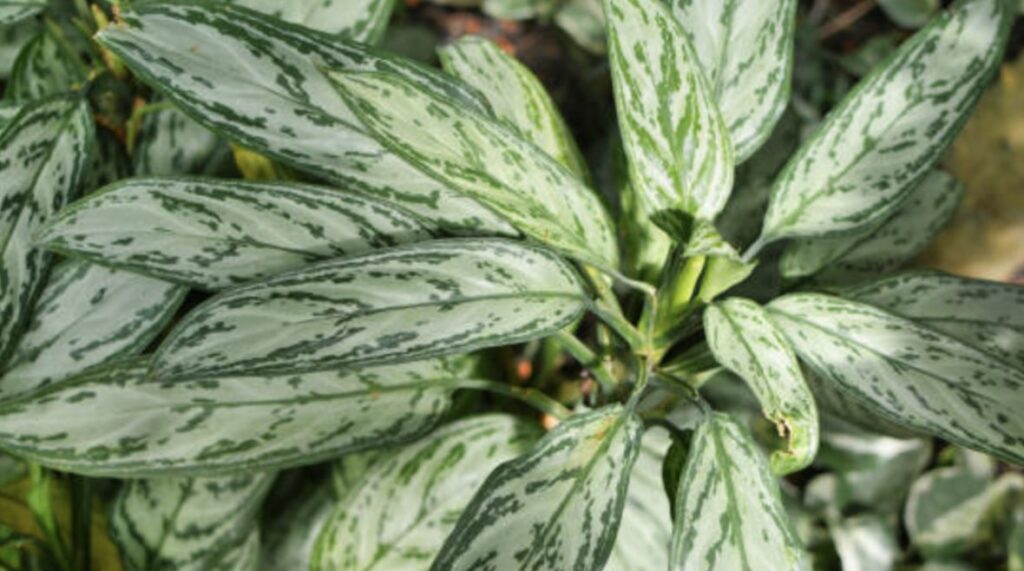

Chinese evergreens have lovely leaves growing in a hanging V-shape on both sides.
These leaves can sport pure green or a mix of other colors, from silver to scarlet.
While these plants can produce small flowers, like those of peace lilies, they’re mostly grown for their beautiful leaves.
Additionally, Chinese evergreens can grow to be bushy and large—up to 3 feet tall and wide—when they mature and are cared for well.
Common Chinese Evergreen Varieties
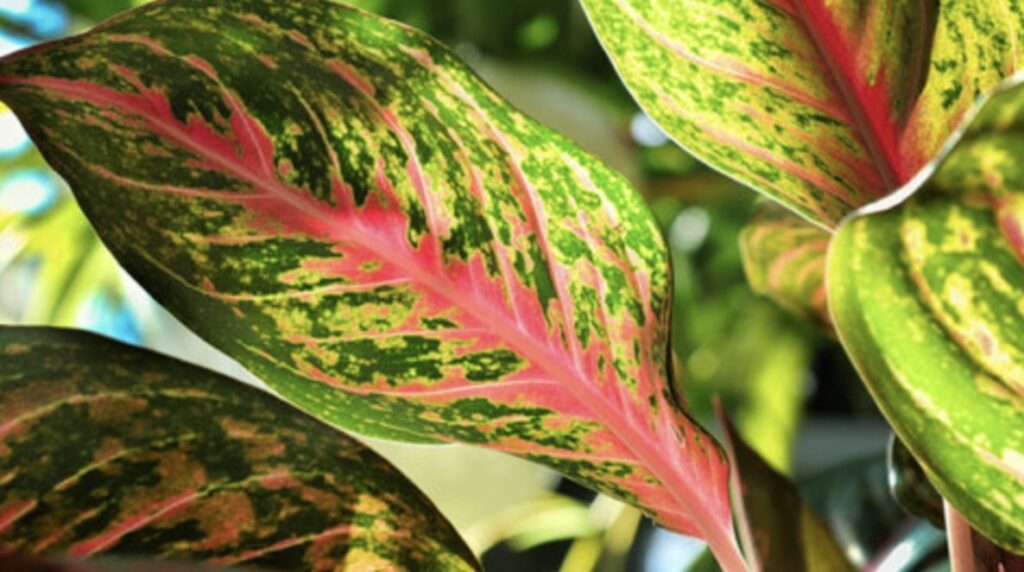

Presently, there are more than 100 known varieties of Chinese evergreen plants. Here are some of the most common ones and their physical features:
- Silver Bay – This plant is air-purifying. It’s known for its green leaves with white stripes and light-green stems.
- Emerald Bay – This beautiful Chinese evergreen cultivar has large leaves with a silver-gray center and dark-green edges. Also, it can tolerate low-light conditions indoors.
- Maria Christina – This is another nice and common variety of the perennial plant with small and compact foliage.
- Red Peacock – This species has broad leaves with amazing, varying green, yellow, and pink shades.
- Anyanmanee – One of the nicest cultivars, Anyanmanee features pink leaves that are slightly dappled and outlined with green.
Signs of Chinese Evergreen Plant Overwatering
Are you worried that you’ve watered your Chinese Evergreen plant incorrectly? Here are the telltale signs of overwatering it.
- Wilting Leaves
Usually, one of the first signs of overwatering is drying or deteriorating leaves. Even if the soil only looks slightly wet, chances are you have given it just a bit too much if you see this symptom.
- Yellowing Leaves
Like with most plants, overwatering them could lead to the leaves turning yellowish. You may also observe this symptom with dropping or wilting leaves.
- Leaf Edema
Leaf edema is a serious plant health issue caused by sodden soil. These are characterized by unsightly brown patches on the leaf’s surface—both on its upper and lower sides.
What happens in this condition is the roots are forced to take in more water than is needed.
So, as a result, the plant’s cells become damaged, leading to the formation of water-filled patches that harden into cork-brown marks.
- Stunted Growth
Excessive watering will cause root or crown (lower trunk or branches near the soil line) damage.
As such, the plant won’t be able to absorb food and nutrients normally through its roots, thereby hindering or stunting its growth.
- Root Rot
A healthy Chinese evergreen plant has white, dry, and hard roots. So, an indicator of root damage is that they look wet, mushy, and brittle.
Furthermore, you can smell a foul or malodorous odor coming from the soil if the plant’s roots are badly damaged.
How to Save a Drowning Chinese Evergreen Plant
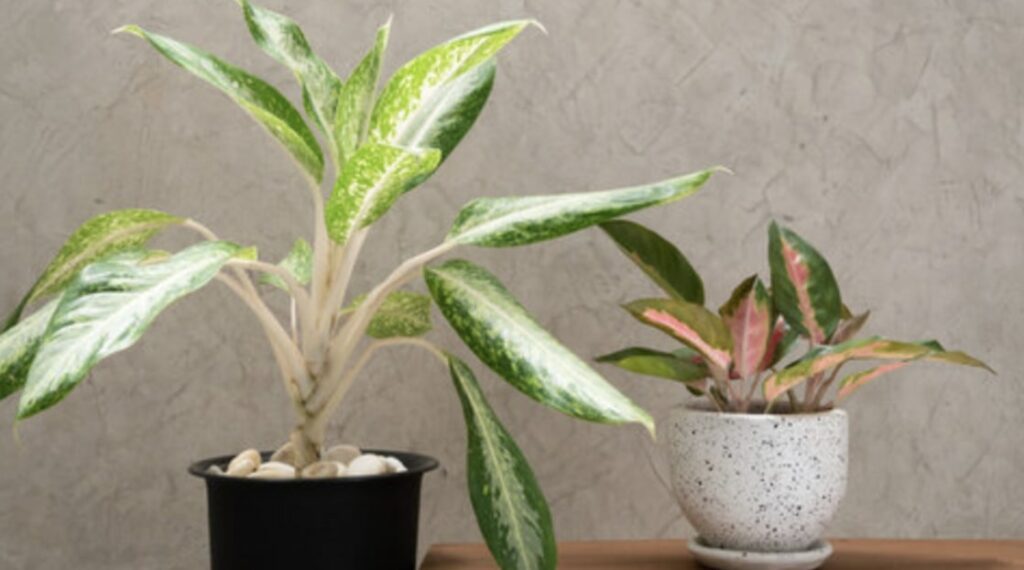

Luckily, you still have a chance to save your Chinese evergreen plant if you have unintentionally watered it too much.
For this, simply follow the steps outlined below:
- Lessen or totally stop watering your Chinese evergreen plant.
- Carefully pull the plant out of the soil and clean the damaged roots.
- Prune off any damaged roots using sterilized garden shears or a knife.
- Clip off any wilting foliage and stems.
- Create a fungi-killing solution and dip the roots in it.
- Transfer the plant to a new container with a fresh and light potting medium.
- Water the plants a bit
- Move it to a brightly lit area.
- When the topsoil becomes dry, water the plant moderately and thoroughly.
What kind of soil should I use for my Chinese Evergreen plant?


Peat-based potting mix is excellent for Chinese evergreen plants. And we suggest adding perlite and sand to the mixture to help the water drain at a moderate rate.
The soil has to be a bit acidic with a pH of 5.6 to 6.5. One way you can adjust the plant from more alkaline to more acidic is to add compost and sulfur.
You can also obtain suitable potting mediums from your florist, nursery, or garden center. But you can always improve them to greatly benefit the plant’s growth.
What pot vessel should I use for my Chinese Evergreens?
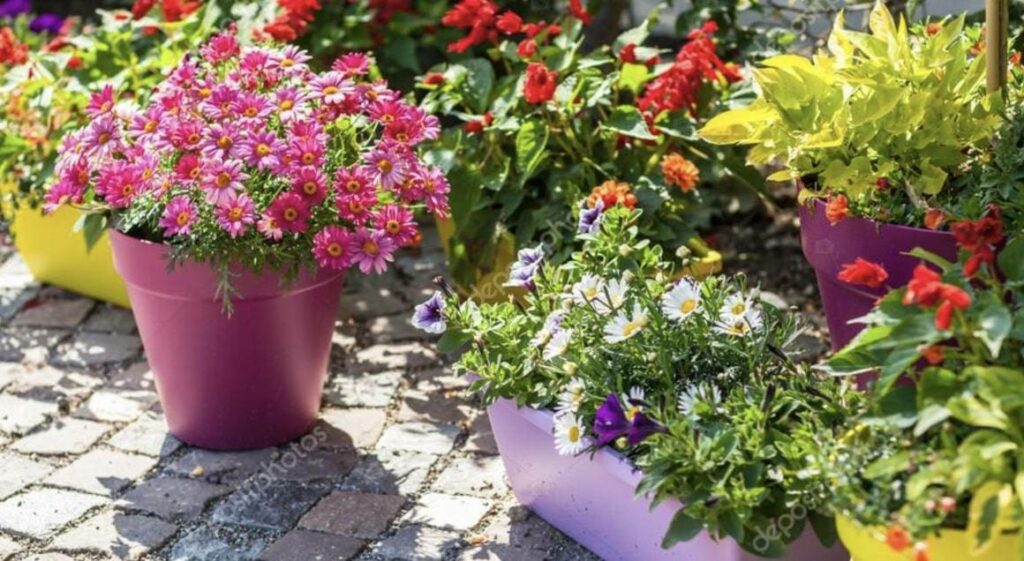

Chinese evergreens can be set in any pot vessel as long as they get sufficient watering. Ideally, though, you should put them in a decorative clay or ceramic pot with drainage holes.
That’s because both these kinds of pot vessels are porous, meaning they allow air and moisture in for the plant while letting them drain well to prevent the issue of overwatering.
Also, if you’re going to repot your Chinese evergreen, choose a planter or pot that’s 3 to 4 inches larger than the current one you’re using.
How can I get rid of pests on my Chinese Evergreen plant?
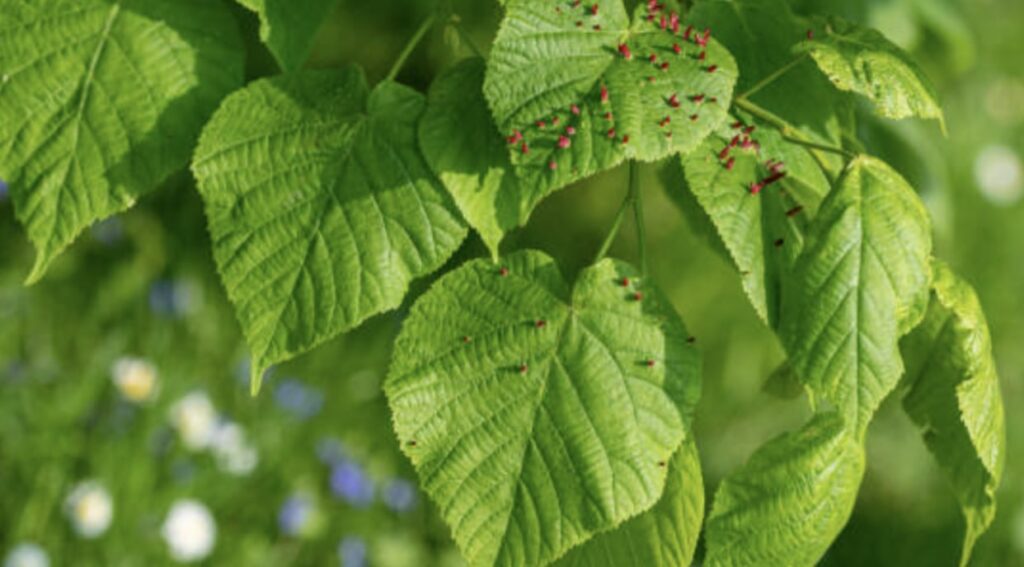

Due to improper care or overwatering, certain pests can prey on the Chinese evergreen plant. Here are some and what you can do to get rid of them:
1) Mealybugs
Mealybugs have small white bodies that resemble cotton. They can harm the plant by sucking the sap out of it by inserting their stylets.
They contribute to the deterioration that was caused by overwatering the plant. These are stunted growth as well as prematurely falling or yellowing leaves.
The scale of the infestation can be small or large. For the former, dabbing them with alcohol-soaked cotton will eliminate them, and for the latter, you could spray them with an organic plant pesticide.
2) Scales
Scales are insects that have transparent or colored round shells on their backs. These tiny critters come in large groups, crawling up the stem or leaves of the Chinese evergreen plant.
Like mealybugs, they aggressively feed on the plant’s phloem, sap weakening it and killing off its branches and foliage.
You can eliminate them by removing these insects with your fingernails, dabbing them with cotton dipped in alcohol, or using a commercial insecticide.
But if the problem is severe, we strongly recommend just disposing of the plant, lest the pests spread to other nearby plants.
3) Spider Mites
Belonging to the arachnid family, spider mites are microscopic plant pests that destroy the plant’s cell structure.
Although they’re extremely small and hard to see, you’ll know they’re feasting on your plant through their webs. They leave their webbing on the plant’s foliage and stems.
If the infestation is small, mist the Chinese evergreen plant with water, and if it’s large-scale, you would have to, again, neutralize them with a good insecticide.
Organically, you can introduce predatory mites, in particular, the Neoseiulus californicus to consume spider mites. They can be purchased online or at garden stores.
Caring Tips for a Chinese Evergreen Plant
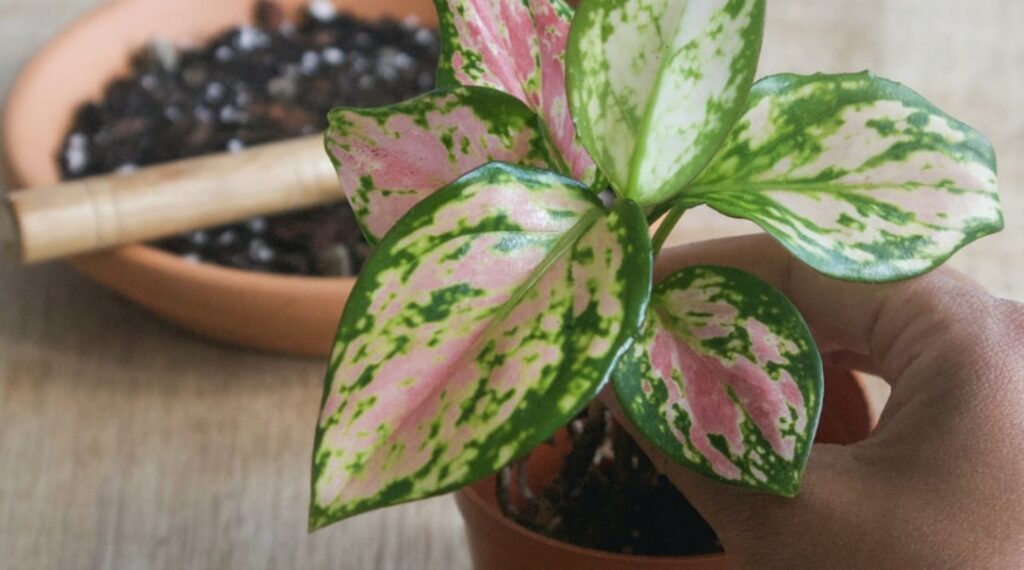

- Place the Chinese evergreen in a location receiving indirect light. Specifically, a low-to-medium light level is best for this plant.
- The optimal temperature for the plant is between 70℉ and 72℉ and a humidity level of 60 to 70 percent.
- A slightly moist, fertile, and well-drained soil with a combination of peat and perlite or sand would be best for this plant.
- Generally, Chinese evergreens have to be watered once every 7 to 10 days during summer and every 14 days during winter.
- Feed the plant with a well-balanced liquid fertilizer every 2 to 3 weeks during the growing season. This allows the whole plant to grow vigorously and beautifully.
But ensure that you follow the packaging instructions and dilute the plant food to 1/2 strength.
- Remove discolored or wilted leaves from the plant to encourage more to grow and keep it looking attractive.
FAQs about the Chinese Evergreen Plant
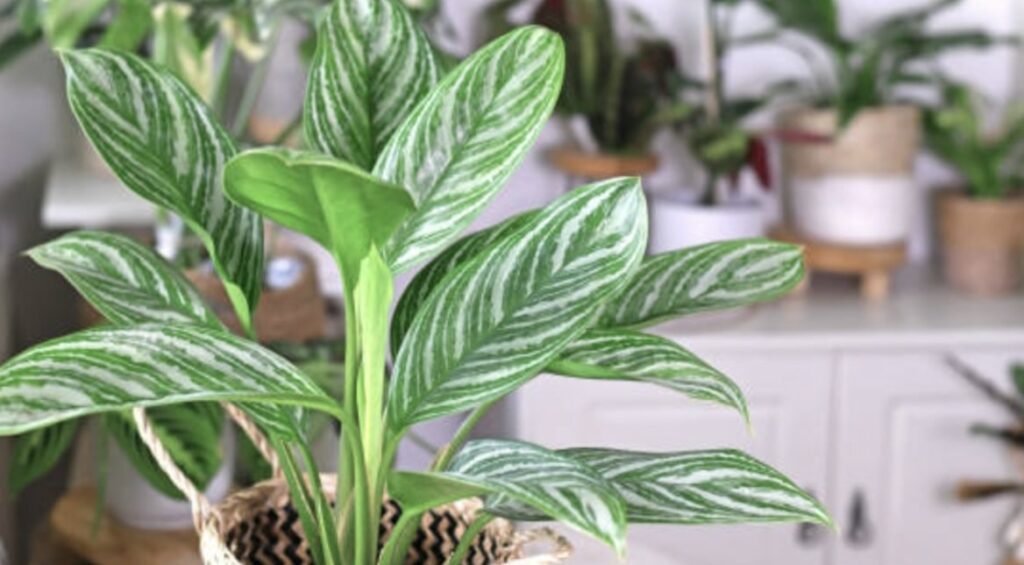

- Should I mist my Chinese Evergreen plant?
When the leaves look or are about to dry, it’s great to mist your Chinese evergreen plant. This makes it moist, comfortable, and at home, thus allowing it to grow at its very best.
- How long do Chinese evergreen plants live?
Being hardy perennials, Chinese evergreens can grow for many years provided you have given them the right care and maintenance.
At the most, they can amazingly live up to a decade or even more! So they can beautify your house and garden for a long time.
- When should I repot my Chinese evergreen plant?
Repotting a Chinese evergreen plant should be done in the summer or spring. These are the seasons when it’s actively growing.
You can’t just do this anytime because it’s very stressful and hard for the plant to adjust to its new home.
By transferring it over to a new pot while it’s in the growth phase, it can recuperate much faster than if it’s inactive.



